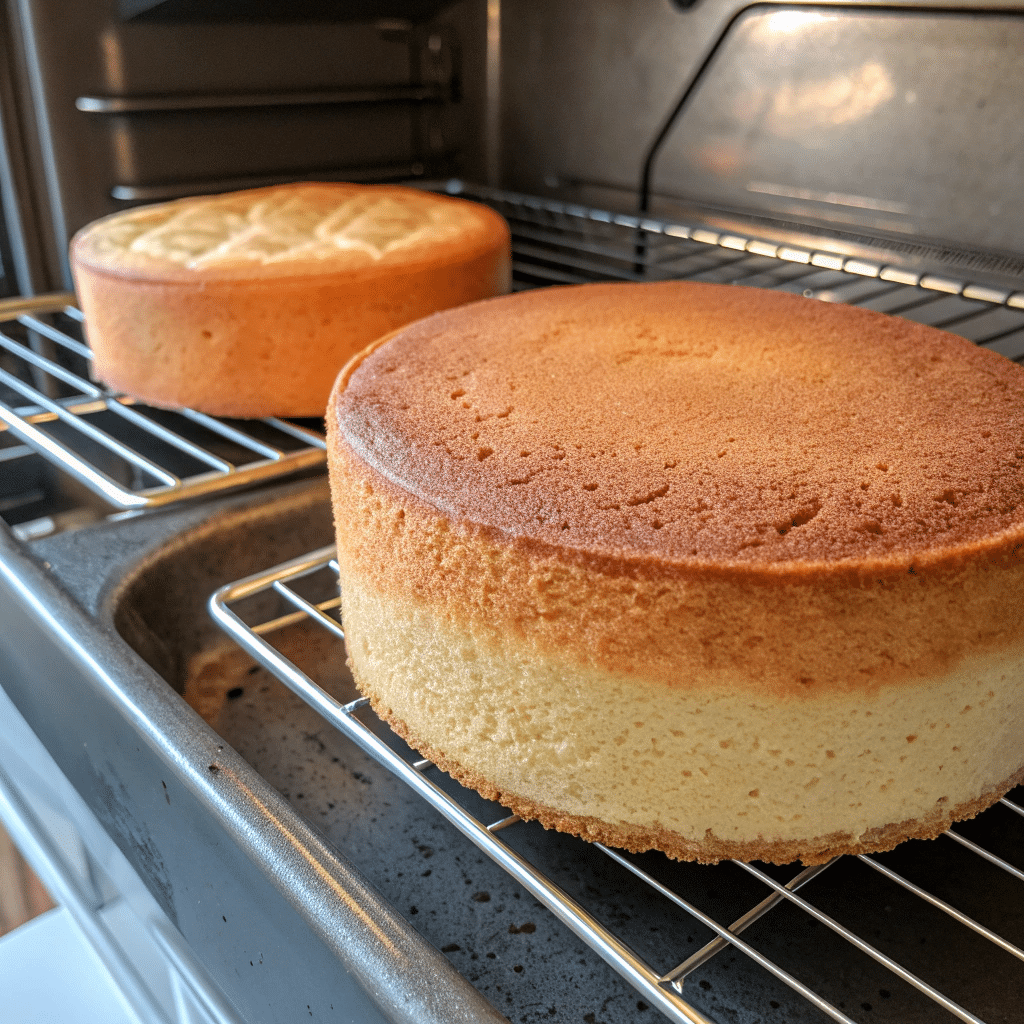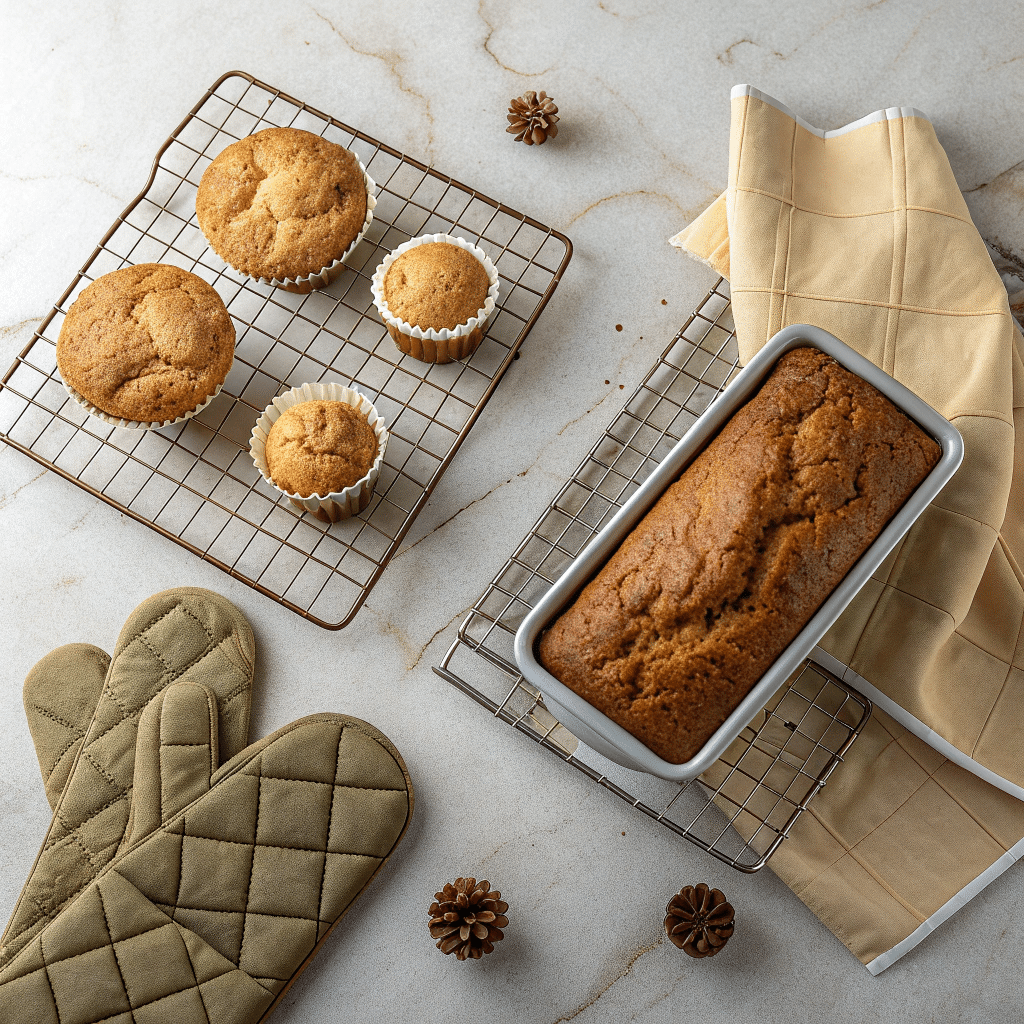Let’s be real—if your cookies came out burnt last week, your oven might be the culprit, not your recipe. Oven temperature accuracy is the unsung hero of baking. The difference between a fluffy sponge cake and a dense pancake often comes down to a few sneaky degrees.
I’ve had my fair share of disasters—cheesecakes cracking, bread collapsing, brownies turning into bricks. Each time, the recipes were fine. My oven? Not so much. If you’ve ever muttered, “Why doesn’t it look like the picture?” then this guide’s for you.
Today, we’ll chat about how to check your oven’s accuracy, why sensors misbehave, how to tweak knobs, and even how to convert temperatures when recipes don’t match your oven settings. Plus, I’ll share some science and baking tips that can save your sanity.
Why Oven Temperature Accuracy Is a Big Deal

Ovens lie. There, I said it. That shiny digital panel saying 350°F doesn’t always mean the air inside is truly at 350°F. It might be running 15–25 degrees hotter or cooler.
Think about it like trying to ride a bike with a flat tire—you’ll get there, but the journey won’t be smooth. Baking is science, and accuracy counts. Sugar caramelizes at specific temperatures. Butter melts at a narrow range. Yeast activates only when things are warm enough but not scorching.
A little off, and your recipe doesn’t just change—it transforms into something else entirely. Sometimes fun, sometimes tragic.
Easy Science Behind Oven Heat
Heat in an oven doesn’t sit still. It dances around, climbs up, sinks down, and sometimes creates hot spots. That’s why you’ll notice one corner of a cake browning faster than the other.
There are three main heat transfers at play:
- Conduction: The pan heating up from direct contact with the oven rack.
- Convection: Hot air moving around inside.
- Radiation: Heat waves coming from the oven walls and element.
Knowing this doesn’t mean you need a lab coat. It just helps you understand why rotating your pans halfway through baking isn’t a silly suggestion—it’s a lifesaver.
How to Do an Oven Temperature Check
You don’t need fancy gadgets. A simple oven thermometer works wonders. Place it in the center of your oven, set your oven to 350°F, and wait 20 minutes. Check the thermometer.
- If it says 365°F, your oven runs hot.
- If it says 335°F, your oven runs cool.
Repeat this test at a couple of different settings. This gives you a clearer picture of whether your oven is consistently off or just misbehaves at certain temps.
Here’s the kicker—most ovens cycle up and down to maintain heat. Don’t panic if the reading bounces within 10–15 degrees. That’s normal. What you’re looking for is a consistent offset.
Oven Temperature Sensor Replacement Instructions (When Things Go Really Wrong)
Sometimes the thermometer test reveals a bigger issue—like your oven being wildly inaccurate. That’s when the sensor might be to blame.
Every modern oven has a small sensor inside. It looks like a slim metal rod usually attached to the back wall. When it goes bad, your oven “thinks” it’s heating correctly when it’s not.
Here’s a simplified rundown (though always double-check your oven’s manual):
- Unplug the oven (safety first).
- Locate the sensor—usually visible inside the oven cavity.
- Remove the screws holding it in place.
- Disconnect the wire connector.
- Attach the new sensor.
- Screw it back in and reconnect.
It’s a surprisingly straightforward DIY fix. If you can change a lightbulb, you can probably handle this.
How to Convert Oven Temperature (For Those Tricky Recipes)
Ever followed a British recipe calling for 180°C, only to stare blankly at your oven that only lists Fahrenheit? You’re not alone.
Here’s the quick math:
- To convert °C to °F → Multiply by 1.8, then add 32.
- To convert °F to °C → Subtract 32, then divide by 1.8.
For convenience, here’s a small cheat sheet:
- 160°C = 320°F
- 180°C = 356°F (round to 350°F for most recipes)
- 200°C = 392°F (round to 400°F)
Rounding slightly is fine, because ovens fluctuate anyway.
Oven Temperature and Timer Knobs
If you have an older oven with knobs, they may not align perfectly with the actual heat. A knob set to 350°F could actually be giving you 325°F.
What’s the fix?
- Do your thermometer test.
- Mark your knob with a tiny dot or piece of tape where the “real” 350°F is.
- Use that as your guide moving forward.
Yes, it’s old-school, but it works.
Digital Oven Temperature and Why It’s Not Always Perfect
Digital ovens feel fancy, but they’re not flawless. The display number is based on the sensor reading, and as we’ve seen, sensors can be sneaky.
So, even if your panel says 350°F, don’t blindly trust it. Still do the thermometer test. Digital doesn’t equal accurate—it just looks cooler.
Baking Tips to Save Your Recipes

- Always preheat fully. Putting cookies in a lukewarm oven guarantees spreading.
- Use the middle rack. It’s where heat is most even.
- Don’t overcrowd. Two pans side by side block airflow.
- Rotate halfway. Especially for cakes and bread.
- Glass vs. metal pans matter. Glass bakes slower but browns more.
These tiny habits make a big difference when your oven plays tricks.
Cooking Tips Beyond Baking
This isn’t just about desserts. Meat, casseroles, even veggies roast differently if the oven runs hot or cold. A chicken cooked in an oven that’s 25 degrees cooler than you think might still be raw in the center. Nobody wants that.
For savory dishes, invest in a digital meat thermometer. Pair that with oven checks, and you’ll dodge half-cooked disasters.
Oven Canning—A Word of Caution
Some folks ask if ovens can be used for canning. Short answer: don’t. Ovens don’t heat jars evenly, which can lead to unsafe preservation. Stick with water bath or pressure canning methods. They’re tested and safe.
Wrapping It Up
Your oven is like a quirky friend—mostly reliable but sometimes unpredictable. Understanding oven temperature accuracy can transform your baking from guesswork into confidence.
Do the thermometer test. Learn your oven’s quirks. Replace the sensor if needed. Adjust knobs if they lie. And above all, don’t beat yourself up if something flops. Half the fun of baking is the trial and error.
Now go preheat that oven—accurately this time.
FAQs
1. How often should I check my oven temperature accuracy?
Every 6–12 months, or sooner if recipes keep failing unexpectedly.
2. Do convection ovens have better accuracy?
They circulate air more evenly, but they can still run hot or cold. Always test.
3. Can I adjust oven temperature myself without replacing parts?
Yes. Many ovens allow calibration through settings. Check your manual.
4. What’s the best oven thermometer?
A simple stainless-steel dial thermometer placed in the center rack works well.
5. Is oven canning ever safe?
No. Stick with traditional canning methods for food safety.
6. Does altitude affect oven temperature accuracy?
Not directly, but it does affect baking results. You may need recipe adjustments.
7. Why do cookies spread even if my oven is accurate?
Could be butter temperature, dough chilling, or pan type. Oven accuracy is just one piece of the puzzle.

